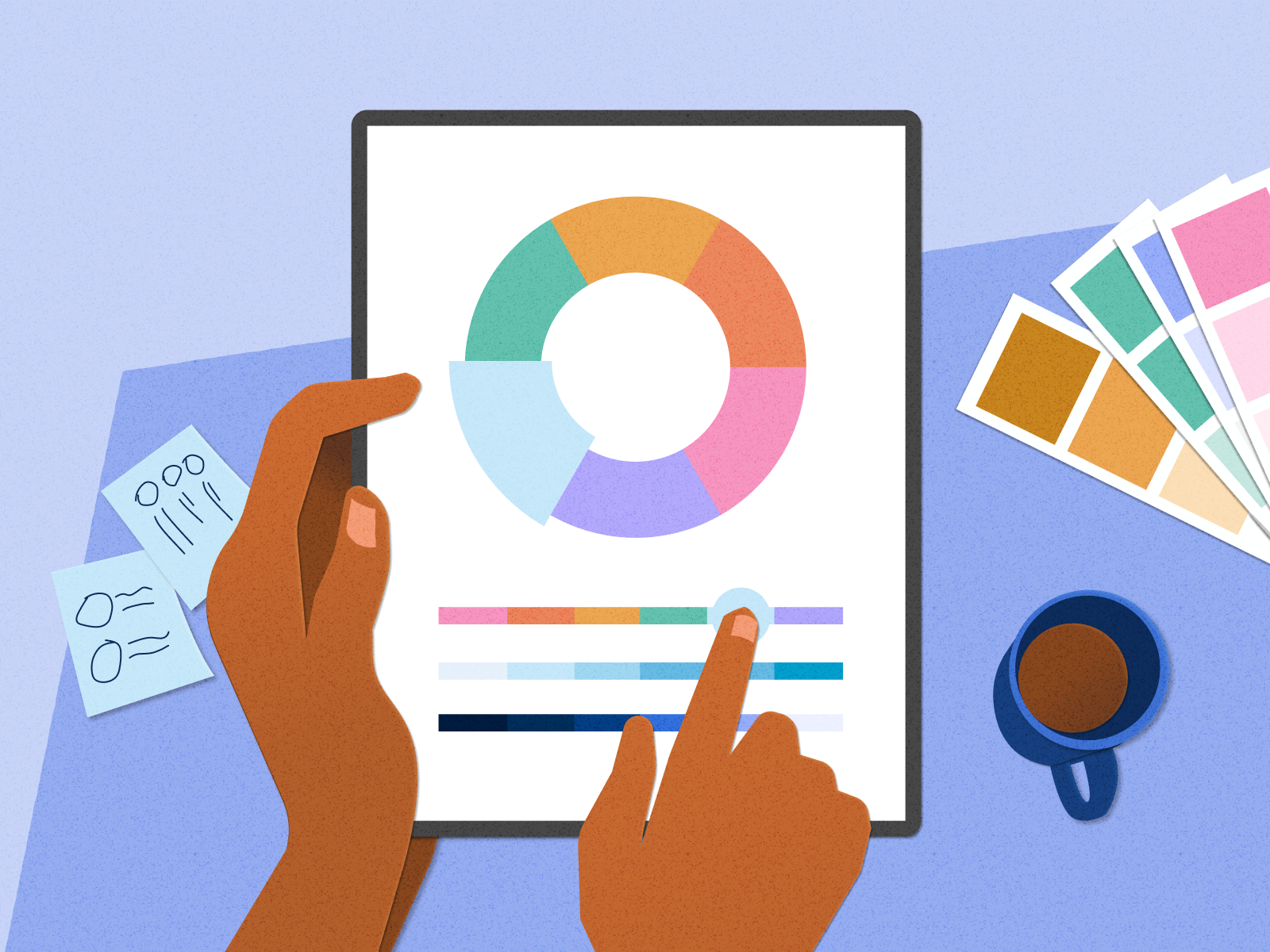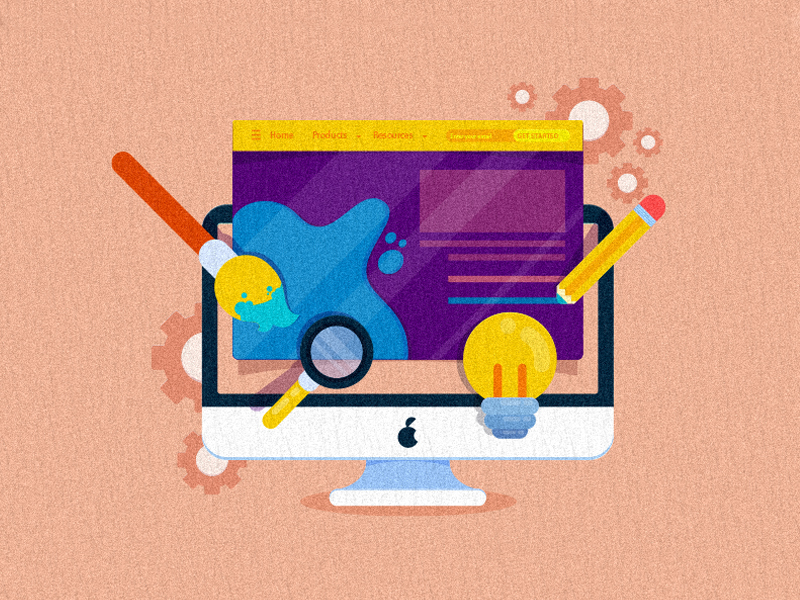Aligned Position Web Design: Comprehensive Web Design Solutions for Small and Large Businesses
Aligned Position Web Design: Comprehensive Web Design Solutions for Small and Large Businesses
Blog Article
The Very Best Kinds of Web Layout to Improve Individual Experience and Engagement
In the ever-evolving landscape of digital interaction, the effectiveness of Web design substantially influences customer experience and involvement. Numerous style strategies, such as minimalist, receptive, and interactive formats, each offer distinct benefits that can cater to varied user demands.
Minimal Web Layout
As electronic landscapes become progressively messy, minimalist Web design has arised as an effective strategy to boosting individual experience. This style viewpoint focuses on simpleness, concentrating on crucial components while removing unneeded interruptions. By utilizing ample white room, uncomplicated navigating, and a limited color combination, minimalist design cultivates quality and guides customer focus to crucial content.
The core concept of minimal Web design is to produce a smooth communication for individuals. By decreasing cognitive load, customers can quickly grasp details without feeling bewildered. This direct method not just enhances usability yet likewise encourages engagement, as site visitors are more probable to check out a website that is aesthetically attractive and easy to browse.
In addition, minimal layout frequently highlights typography and images, utilizing these elements tactically to communicate messages properly. In essence, minimalist Web style is not simply a pattern; it is a thoughtful methodology that acknowledges the relevance of user-centered layout.
Responsive Web Layout
In today's diverse digital environment, responsive Web style has come to be essential for creating a seamless user experience across a multitude of devices. As users gain access to web sites on mobile phones, tablets, desktops, and laptops, the capacity of a website to adjust its format and content to different screen dimensions and resolutions is essential.
Responsive Web layout employs adaptable grids, photos, and CSS media inquiries to make certain that Web content is provided efficiently, no matter the gadget used. This method not only boosts the aesthetic charm of a site but additionally dramatically boosts use. Customers are more probable to engage with a website that provides a consistent experience, as it removes the stress of needing to zoom in or scroll exceedingly.
By embracing receptive design, businesses can enhance their presence and reach a wider target market. In summary, receptive Web design is an essential technique that enhances individual experience, engagement, and general fulfillment.
Interactive Website Design
Receptive Web style prepares for enhancing individual experience, yet interactive Web layout takes this a step even more by involving customers in an extra dynamic method - Aligned Position Web Design. By including elements such as animations, clickable prototypes, and real-time comments, interactive website design captivates users, drawing them into a richer browsing experience
This technique not just fosters interaction however likewise urges customers to explore content actively as opposed to passively consuming it. Methods such as gamification, where individuals gain rewards for completing jobs, can considerably improve the moment invested in a site and enhance general complete satisfaction. Interactive features can simplify intricate information, making it much more enjoyable and absorbable.

Integrating interactive layout aspects can additionally lead to higher conversion rates, as customers are most likely to involve with a website that actively entails them. Aligned Position Web Design. Ultimately, interactive website design transforms individual experiences right into memorable trips, guaranteeing that site visitors return time and again
Apartment Layout
Identified by its minimalistic approach, flat design highlights simplicity and performance, removing unneeded elements and concentrating on important functions. This style approach prioritizes use, ensuring that users can navigate user interfaces easily and performance. By using a clean aesthetic, flat visit site layout removes the mess usually located in more ornate designs, therefore boosting individual concentrate on web content and capability.
The characteristic of level style hinges on its use vibrant shades, simple typography, and geometric forms. These components add to a visually appealing user interface that is both modern-day and friendly. Additionally, flat layout promotes a sense of clearness, enabling users to recognize necessary actions and information without disturbance.
Furthermore, level style is particularly reliable in receptive website design, as its simplicity equates well across numerous devices and display sizes. The lack of complex textures and gradients minimizes packing times, which is essential for keeping individual engagement. As electronic landscapes continue to advance, flat design stays a relevant choice discover here for developing easy to use websites that improve overall experience. By concentrating on essential functions, level design not just fulfills individual demands but additionally motivates smooth interaction, making it an essential component of efficient Web design strategies.
Flexible Web Design
Adaptive Web style tailors the user experience by creating multiple taken care of designs customized to different display dimensions and gadgets. Unlike responsive design, which fluidly adjusts a solitary design, flexible layout uses distinctive formats for specific breakpoints, making sure optimum discussion on numerous systems. This strategy permits developers to concentrate on the unique qualities of each device, enhancing usability by delivering precisely what customers require based upon their context.
Among the primary benefits of flexible website design is its capability to maximize lots times and efficiency. By offering customized material and images that fit the user's tool, web sites can lessen data usage and improve loading rates. This is specifically beneficial for individuals with slower connections or limited information strategies.

Additionally, flexible design assists in a more constant and regulated branding experience. Given that designers develop multiple designs, they can make certain that the visual aspects straighten with the brand's identification throughout different platforms - Aligned Position Web Design. This leads to a natural user experience, enhancing engagement and promoting customer retention
Conclusion
Minimal style promotes clarity and emphasis, while responsive layout makes certain adaptability throughout numerous tools, promoting access. hop over to these guys Jointly, these design approaches contribute to the creation of user-friendly environments that not just enhance complete satisfaction yet additionally drive greater conversion rates, underscoring their critical relevance in modern Web design strategies.

Minimalist style promotes clearness and emphasis, while receptive layout makes certain versatility throughout numerous tools, advertising accessibility. Collectively, these layout comes close to add to the creation of easy to use atmospheres that not just enhance fulfillment however likewise drive higher conversion rates, highlighting their essential relevance in modern Web style techniques.
Report this page